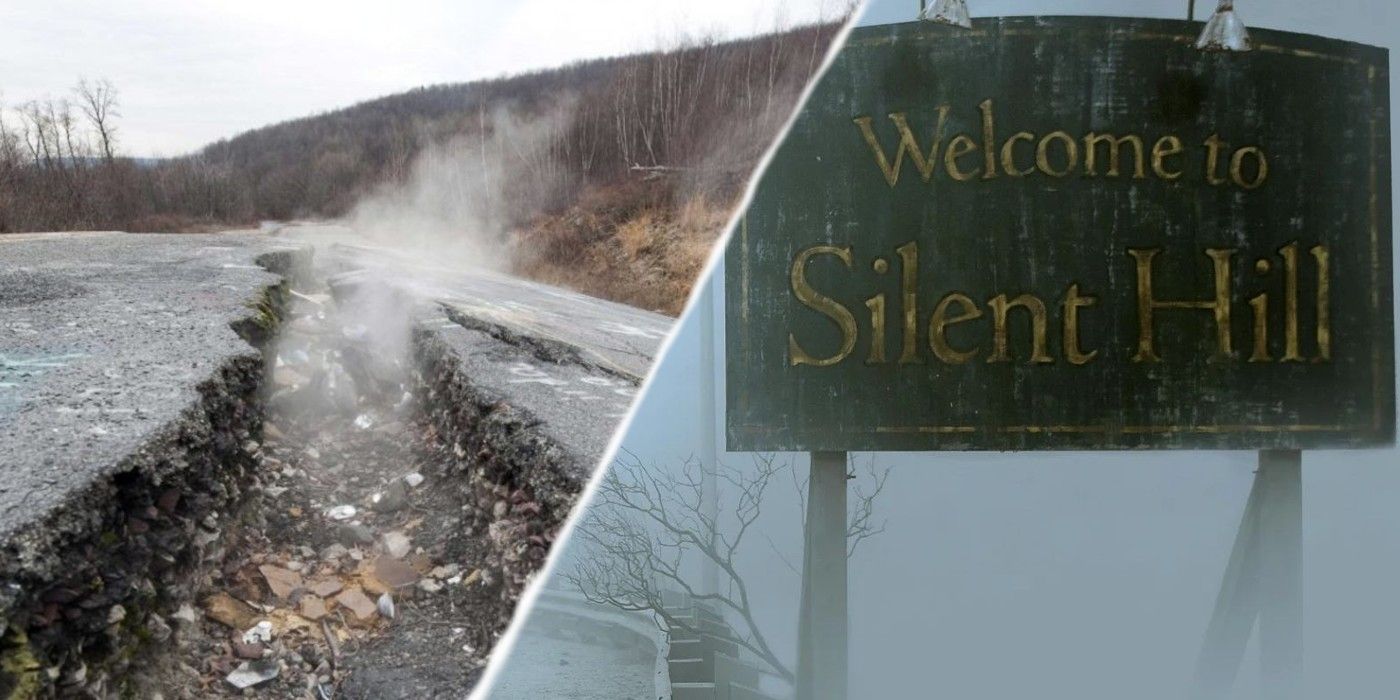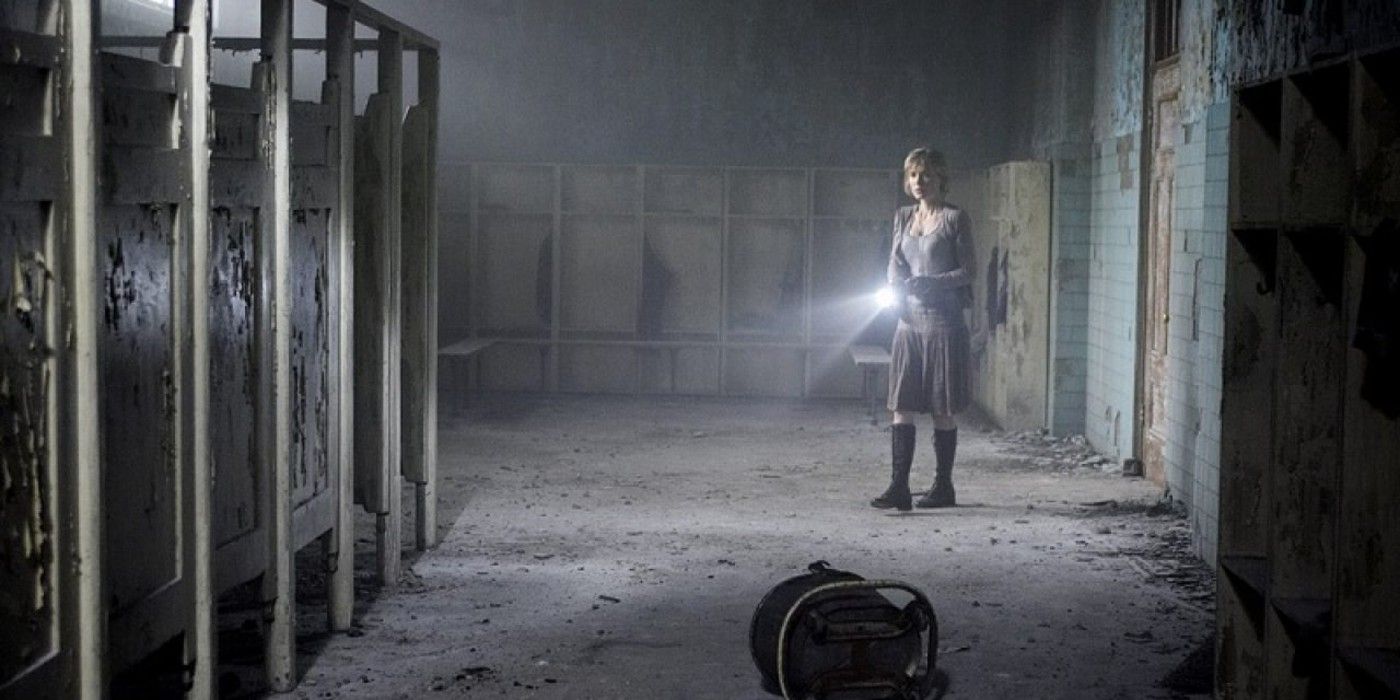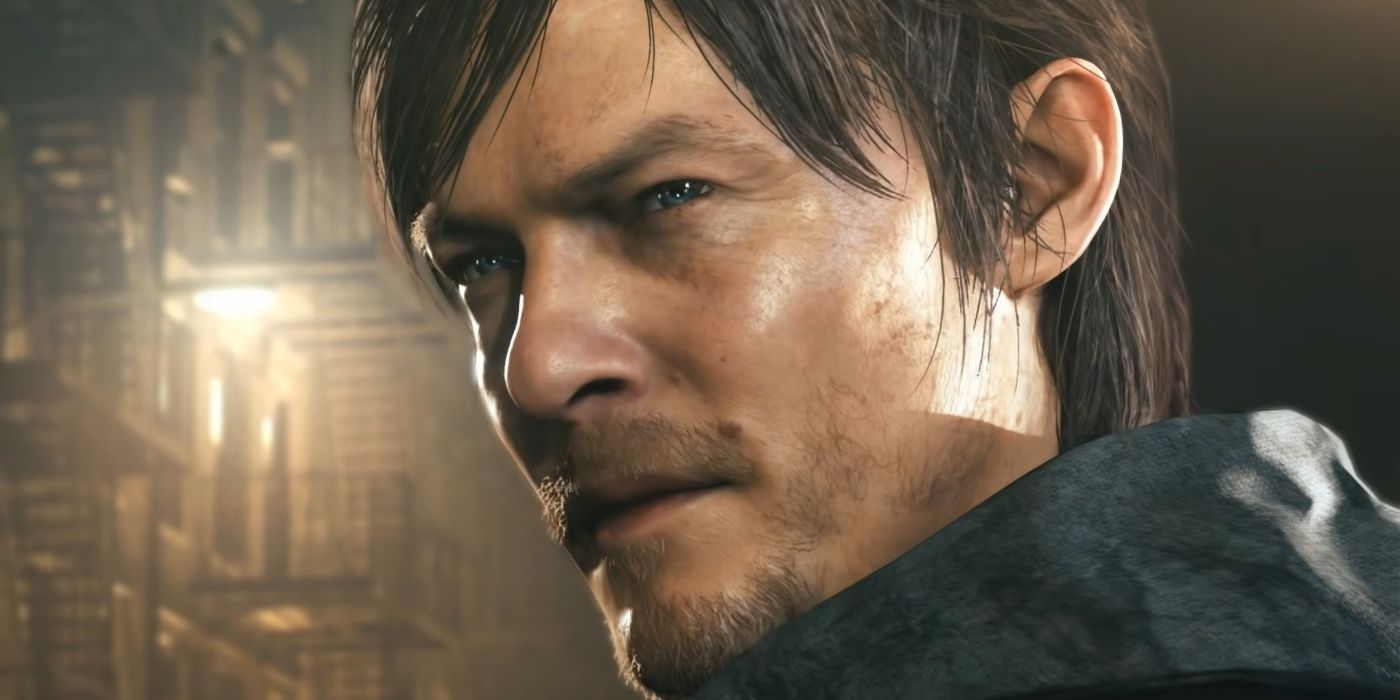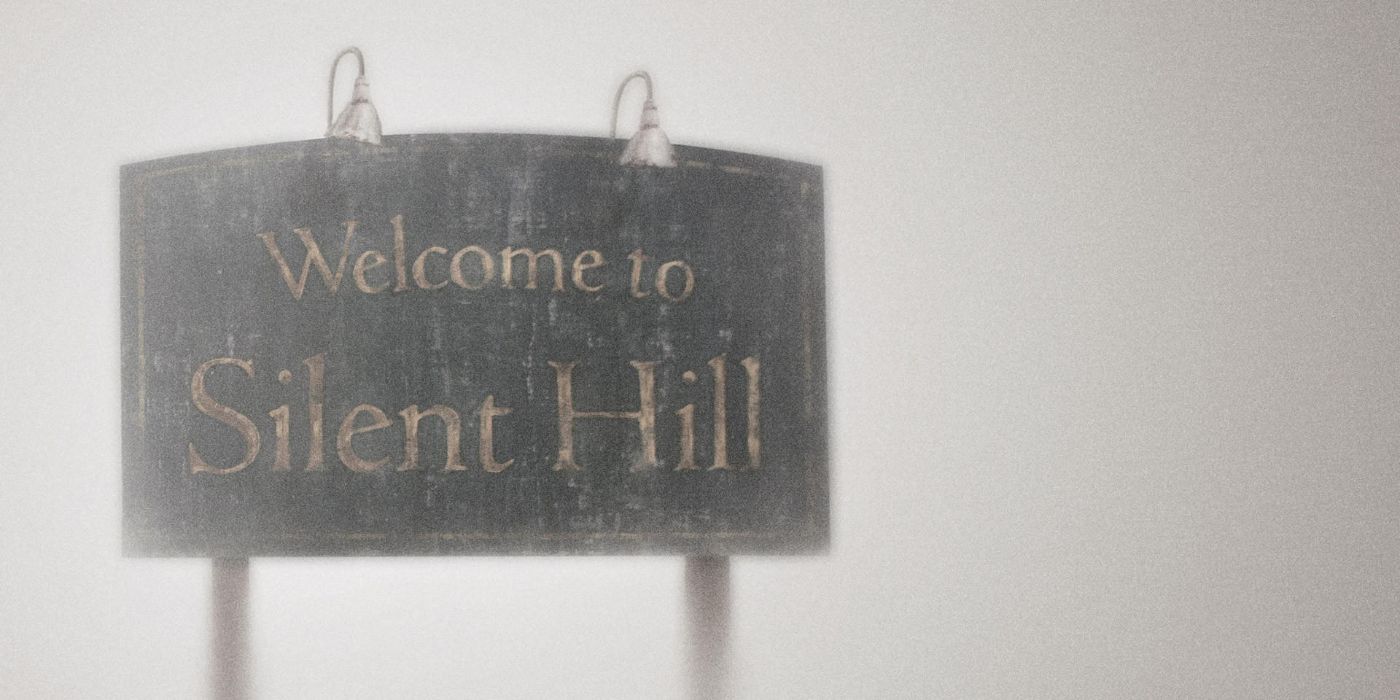
Before Silent Hill became a horror film, it was a survival horror video game developed by a team at Konami named Team Silent for the PlayStation in 1999. The game utilized a foggy atmosphere to inhibit the player’s vision while they control Harry Mason on the search for his missing adopted daughter. Its unforgettable landscape and horrific features spawned an entire franchise of films and video game sequels. While the horror video game is well-known, its true story and the actual location are rarely recognized.
In 2006, Christopher Gans adapted the game into a psychological horror film with the same name. Instead of Harry, the film follows Rose (Radha Mitchell) as she takes her adopted daughter Sharon (Jodelle Ferland) to the town of Silent Hill, West Virginia. Sharon screams the town’s name in her sleep, which causes Rose to take her there. As the two arrive, they are involved in a car accident, and Sharon goes missing.
As ash and fog roll over Silent Hill, Rose searches for her daughter only to discover that the town is overrun by demonic entities, a cult, and shifts between dimensions. The original film’s success spawned a sequel in 2012 titled Silent Hill: Revelation, which was based on the third game in the series. It follows Rose’s daughter, Sharon, as the main character. Like the Resident Evil franchise, Silent Hill made its mark in horror history as a classic video game and original film concept.

While the environment of Silent Hill seems as though it could only exist in nightmares, it is a very real place with a devastating history. The town of Silent Hill, West Virginia, is actually Centralia, Pennsylvania. In May 1962, the city ordered to have the local landfill burned in an attempt to clean up the waste. The fire spread through unsealed tunnels and openings that led to an abandoned coal mine. Thus, igniting the fire that burns to this day.
Local firefighters could not cease the burning, and the government quickly decided that the town needed to evacuate for their safety. Just as in the film, the air in Centralia is dangerous, and it is recommended people do not expose themselves to the environment for long periods. While most people left, a few stayed, hoping that the fire would stop. One of the only remaining buildings is a church that is still in use. Silent Hill is very similar in this regard, as only a few citizens remain in the West Virginia town and continue to attend church services.
In 2002, the United States Postal Service suspended the town’s zip code, and all roads leading into Centralia have since been barricaded. Silent Hill follows this history almost to the exact detail, except in real life, Centralia is not plagued by a cult, witches, or multi-dimensional monsters. As of right now, there are only two films in the franchise, but Christopher Gans has announced a third film is possibly in the works. The impressive attention to detail speaks to the severity of the historical incident. Silent Hill’s use of the town as inspiration further emphasizes the true horrors that happen in real life.

While Silent Hill, West Virginia’s real-life equivalent Centralia, Pennsylvania, remains a virtual ghost town, sadly, so does the Silent Hill video game franchise. The last Silent Hill game, Book of Memories, was released nearly a decade ago. Since the controversial 2015 cancellation of Silent Hills due to a falling out between Konami and superstar producer Hideo Kojima, no further titles have been confirmed as in development. It’s possible that the town of Silent Hill might finally re-awaken, though, as rumors circulating in October 2021 suggest that Kojima might be working on a new Silent Hill game. Considering his acrimonious split from Konami, people probably shouldn’t hold their breath, and may be better off trying to visit the real Silent Hill for their fix.

The first Silent Hill movie came out in 2006 and was helmed by French director Christophe Gans. While the film opened to mixed reviews, it did well enough to spawn the sequel Silent Hill: Revelation in 2012 — although this time under director M.J. Bassett’s (Ash vs. The Evil Dead) watch. The first movie follows Radha Mitchell’s Rose Da Silva, who is on her way to see a specialist about her daughter’s sleepwalking problem. She ends up getting in a car crash and finds that her daughter Alessa (Jodelle Ferland) is missing, leading her to the mysterious town of Silent Hill. The events of the first movie follow similar storylines to the games Silent Hill, Silent Hill 2, and Silent Hill 3.
The first movie definitely worked as a video game adaptation, as Gans tried his best to maintain the integrity of the film’s source material. Many shots were taken straight from the video game, and Silent Hill‘s creatures were made up to look and move exactly like their counterparts. On the other hand, Revelation didn’t stick as closely to the game. While it did try to follow the events of Silent Hill 3, the same look that Gans had created was scrapped for something else. The sequel’s connection to the original Silent Hill movie was slim, and it seemed like Bassett’s rendition was more focused on the 3-D spectacle of its release, rather than the actual film.
Go to Source
Author: Mara Bachman